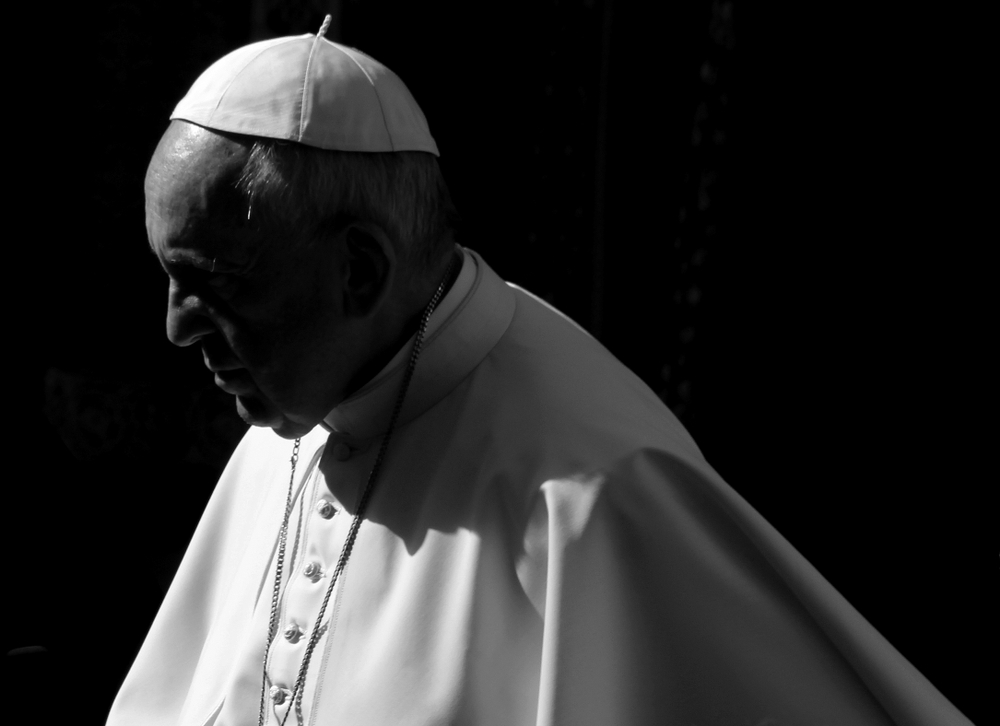He has once again made history – even in death.
Others are reading now
Pope Francis, who passed away on Easter Monday, has made history once again. Departing from centuries of tradition, he decided to not be buried beneath St. Peter’s Basilica within Vatican City, but instead at the Basilica di Santa Maria Maggiore.
In his final testament, released by the Vatican, Francis requested a “simple” tomb, asking that it be “in the earth; simple, without particular decoration and with the only inscription: Franciscus.”
After the service, his body was transported across the Tiber River to Santa Maria Maggiore, as he became the first pope in over a century to be interred outside the Vatican walls.
The Basilica di Santa Maria Maggiore — known as St. Mary Major — has long been a sacred place for Pope Francis. It is also one of Rome’s four papal basilicas and sits atop the Esquiline Hill, the highest of the city’s famed seven hills.
Also read
Legend holds that the Virgin Mary appeared to Pope Liberius and a Roman nobleman in the fourth century, instructing them to build a church on a spot where snow would miraculously fall.
Santa Maria Maggiore held deep personal meaning for Francis throughout his life. As pope, he often made private visits there on Sunday mornings to pray before the Salus Populi Romani — a revered Marian icon entrusted with the protection of Rome’s people. Before and after apostolic journeys abroad, and even following hospital stays, Francis would make a pilgrimage to the basilica to offer prayers and thanks.
It was also at Santa Maria Maggiore that Francis spent his first full day as leader of the Catholic Church in 2013, and fittingly, it was his first stop upon being discharged from the hospital last month.
In December 2023, Francis revealed his wish to be buried there, stating, “I feel a very strong connection to Santa Maria Maggiore. It is my great devotion.”
He added that a place for his burial had already been prepared, part of his broader effort to simplify the rituals surrounding papal funerals.

